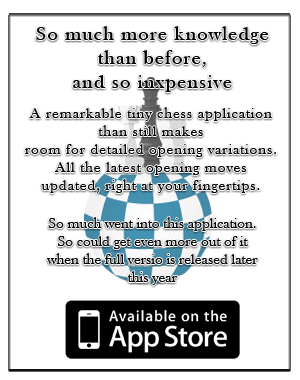OPENING
The beginning of the game until both sides have most of their pieces developed which is named the middlegame. The initial stage of the game, lasting to the tenth-seventeenth move, in which the opponents develop and restructure pieces and pawns. In the modern opening, each move is precisely a part of the further playing plan with accurately chosen responses to the opponent’s actions. In the past, openings had a slower pace; players tried to start attacking without a thorough preparation or build an impenetrable defensive order without considering other strategies. It took the amateurs centuries to accumulate the experience and develop what we now call the opening theory. Perhaps, the first written books to speak about the opening theory were the works of Lucena’s (late fifteenth century) and Damiano (early sixteenth century). They took the first attempt to give classification to the knowledge of openings of the time. In 1561, Lopez became the first to outline the role of the pawn centre. These views, together with many new innovations found a reflection is Philidor’s Analysis… *
A considerable contribution to the opening theory was made in the first half of the nineteenthh century by Lewis, Jaenisch, Petrov and Bilguer. In spite of the new ideas, the strategy of quick attacks and combinatorial play with sacrifices remained the dominant. The further progress of the opening theory was influenced by Paul Morphy, the adherent of the balanced development followed by a well-prepared attack, and Steinitz, the inventor of the positional play. Purposeful development of the pieces and thoughtful pursue of control over the center ever since are the primary objectives in the opening.
Now, that the use of computers becomes almost universal and with all the knowledge collected, the opening theory seems somewhat settled, static, requiring only an effort to memorise. One can hear this opinion more and more often. True or not, it is still something touching upon the higher-level chess. For the general chess public there is always freedom of creativity and challenge to be met. In the 1960s, chess openings were classified in 500 different variations.
Books covering the topics were always popular and in demand. Among the bestsellers were Alexander, Encyclopédie (1837), Bilguier and Lasa, Handbuch (1843-1916), Griffiths and White, MCO (1911-82), Euwe, Schaakopeningen (1939-), Matanovic, Encyclopedia of Chess Openings (1974), etc.



